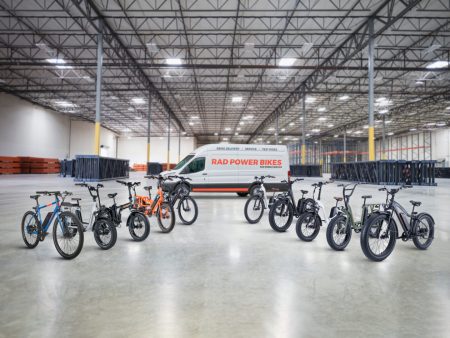Amazon’s Leadership Philosophy: Beyond the Christmas Tree Metaphor
In a compelling speech at Amazon’s Accelerate seller conference in Seattle, CEO Andy Jassy offered insights into the company’s remarkable ability to maintain a startup mentality despite being one of the world’s largest corporations. While discussing Amazon’s renowned leadership principles, Jassy introduced an unusual metaphor that raised eyebrows and sparked curiosity: the difference between someone who would nail a Christmas tree to a wooden floor and someone who wouldn’t. This seemingly odd comparison revealed deeper truths about Amazon’s ownership culture and its expectations for employees who embody the company’s entrepreneurial spirit.
The foundation of Amazon’s continued innovation lies in its deliberate hiring practices focused on attracting “builders” – individuals who possess an innate drive to improve customer experiences regardless of how successful those experiences might already be. According to Jassy, these builders represent the lifeblood of Amazon’s culture, constantly questioning the status quo and seeking ways to enhance every aspect of the business. This mentality resists the natural tendency toward complacency that often afflicts large organizations, where employees might settle for “good enough” or decline responsibility for areas outside their immediate scope. Instead, Amazon cultivates an environment where employees think holistically and take initiative without waiting for permission or specific directives.
Perhaps the most memorable moment of Jassy’s presentation came when he shared what he called a “canonical example” frequently used at Amazon to illustrate ownership thinking: “Somebody who’s renting an apartment may choose to nail the Christmas tree into the wood floor. But if you own that apartment or that building, you would never nail a Christmas tree into the wood floor.” While the analogy might seem peculiar at first glance, it effectively contrasts short-term, consequence-free thinking (the renter) with long-term, invested thinking (the owner). The metaphor, despite its quirky nature, powerfully communicates Amazon’s expectation that employees will treat company resources, projects, and customer relationships with the same care and foresight they would apply to their own property.
The Christmas tree example, though seemingly random, actually embodies several Amazon Leadership Principles simultaneously. It touches on “Ownership,” where leaders think long-term and don’t sacrifice long-term value for short-term results. It reflects “Frugality,” demonstrating respect for company resources rather than damaging them for expedient solutions. It also connects to “Bias for Action,” but with the crucial caveat that speed should never compromise thoughtful decision-making. Through this simple household scenario, Jassy elegantly illustrates how Amazon expects employees to balance urgency with responsibility and innovation with sustainability – core tensions that define Amazon’s approach to business.
What makes Jassy’s metaphor particularly intriguing is not just its content but his reference to it as a “canonical” example used “a lot” within Amazon. This suggests the existence of an internal language and set of reference points that might seem unusual to outsiders but serve as powerful shorthand within Amazon’s culture. Such organizational metaphors often become embedded in company folklore, providing accessible ways to communicate complex values and expectations. Whether or not anyone actually nails Christmas trees to floors becomes less relevant than what the image represents: the stark contrast between temporary stewardship and genuine ownership, between short-term convenience and long-term responsibility.
The Christmas tree anecdote ultimately reveals something significant about how Amazon maintains its entrepreneurial edge despite its massive scale. By emphasizing ownership thinking at every level, Amazon creates a workforce that doesn’t just follow procedures but genuinely invests in outcomes. This ownership mentality transforms how employees approach problems, inspiring them to find sustainable solutions rather than quick fixes. As strange as the metaphor might initially seem to outsiders, it perfectly encapsulates Amazon’s expectation that employees will care for the company’s future as if it were their own property – because in a very real sense, Amazon’s continued success depends on employees who would never, metaphorically speaking, nail a Christmas tree to the floor.















